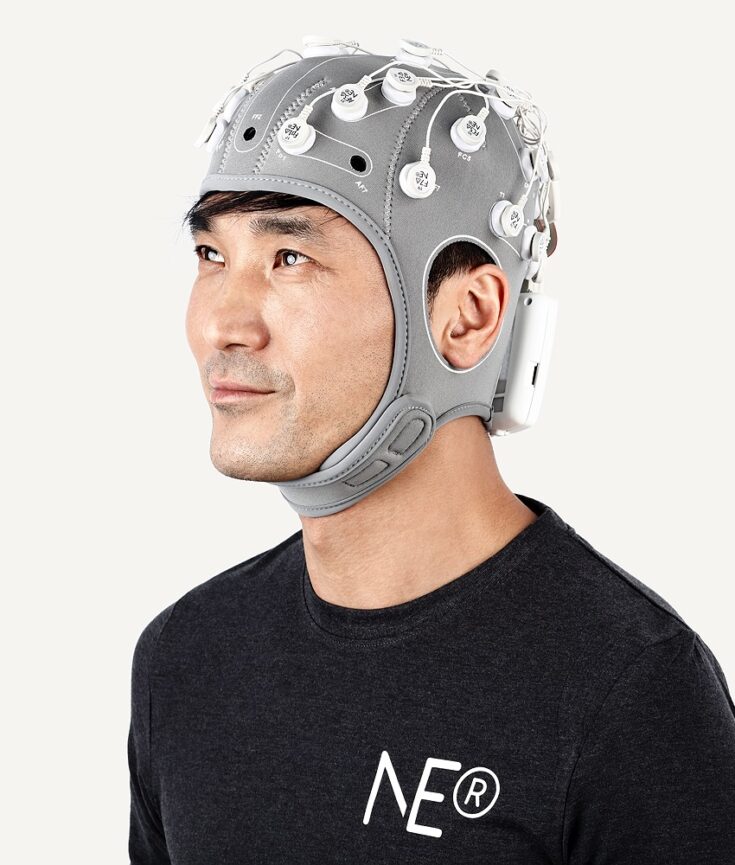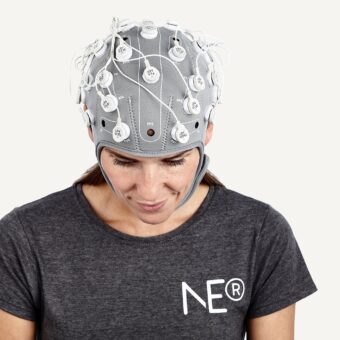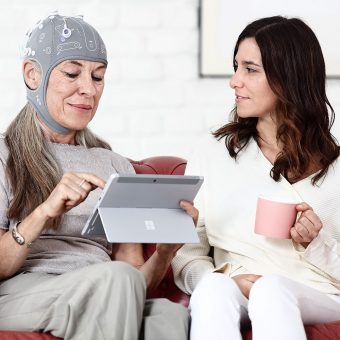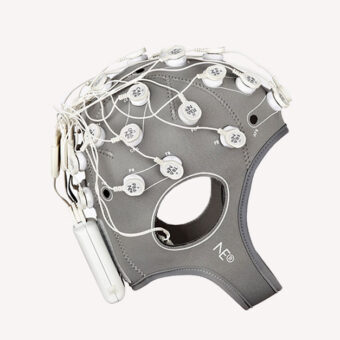Epilepsy is a neurological disorder that affects millions of people worldwide, characterized by recurrent seizures that can vary in frequency and intensity. Understanding the mechanisms underlying epileptic seizures is crucial for developing effective treatment strategies. In recent years, neural mass models (NMM) have emerged as a powerful tool for investigating the dynamics of epileptic seizures. A recent paper from our team, titled “A personalizable autonomous neural mass model of epileptic seizures” and published in the Journal of Neural Engineering (Lopez-Sola et al. 2022), presents a new NMM capable of realistically reproducing the electrical activity recorded by intracranial electroencephalography (iEEG) in the epileptogenic zone during seizures.
We built upon previous work on NMMs and introduced several novel elements to the model, such as a physiologically motivated algorithm for chloride dynamics. Pathological chloride accumulation is thought to play a key role in the development of epilepsy, and the incorporation of chloride dynamics provides a more accurate representation of the underlying pathophysiology.
Based on a novel framework developed by our team (Sanchez-Todo et al. 2023, Mercadal et al. 2023), the NMM was embedded first in a layered model of the neocortex and then in a realistic physical model in order to simulate SEEG signals for comparison with real seizure recordings:
We compared the modeling results with iEEG data from epilepsy patient cases, and the results demonstrated that the model captured the electrophysiological phenomenology observed in ictal states:
One of the key strengths of the proposed framework is its potential for robust personalization methods based on NMMs. Personalization of NMMs can allow for individualized treatment strategies for patients with epilepsy, tailored to their specific pathophysiological mechanisms, such as transcranial direct current stimulation (tDCS). In particular, we explored how the effects of transcranial direct current stimulation (tDCS) can be modeled and optimized for individual patients using NMMs.
The work presented in this work is highly relevant as it provides a powerful tool for investigating the mechanisms underlying epileptic seizures. By accurately capturing the electrophysiological phenomenology observed in ictal states in epilepsy patients, the proposed framework has the potential to improve our understanding of the pathophysiological mechanisms underlying epilepsy. The potential for robust personalization methods based on NMMs could have significant implications for the development of individualized treatment strategies for patients with epilepsy such as tDCS.



